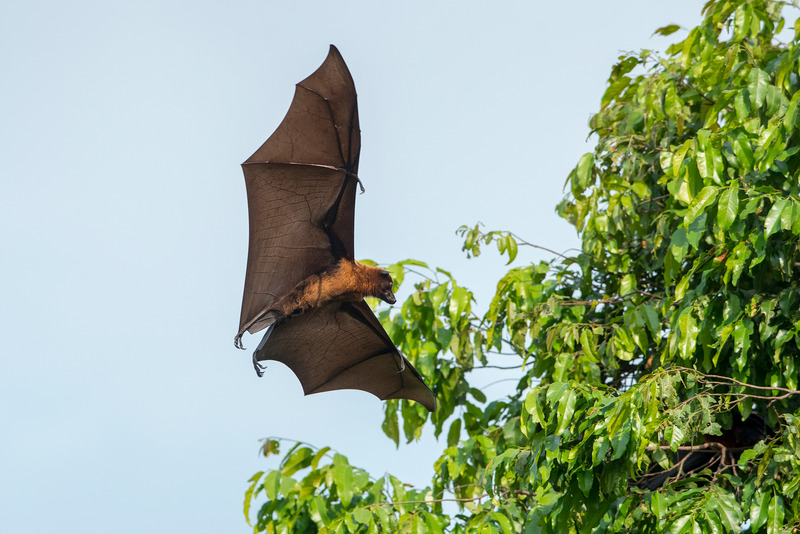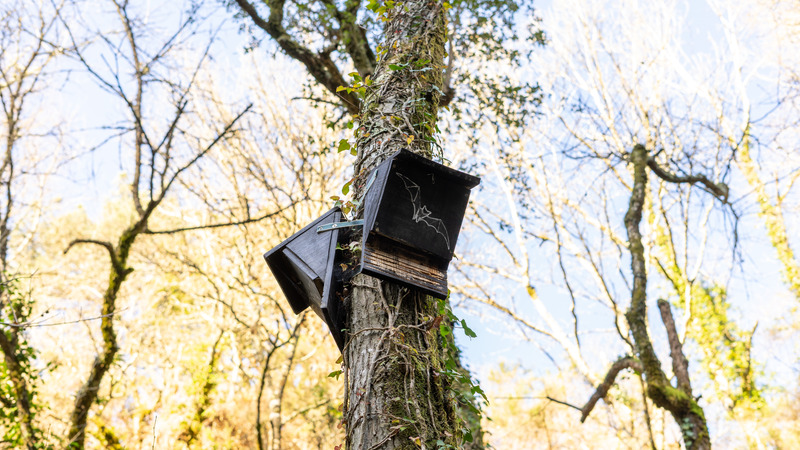Bat houses have gained popularity as a means to promote bat conservation and control pest populations. However, before considering installing a bat house on your property, it’s important to understand both the pros and cons that come with them.
In this blog post, we’ll thoroughly examine the advantages and disadvantages of bat houses, helping you make an informed decision. Whether you are a nature enthusiast, homeowner, or in the field of wild animal removal services, this information will be valuable in understanding the implications of these houses.
Advantages of Bat Houses
Natural Pest Control
Bats are insect-eaters, and by installing bat houses, you can encourage them to roost near your property. Bats can consume large quantities of insects, including mosquitoes, moths, and agricultural pests, acting as natural pest control agents.
Conservation and Habitat Preservation
Bat populations worldwide are facing significant challenges, including habitat loss and declining roosting sites. Bat houses provide artificial roosting structures, aiding in the conservation efforts of these vital and often misunderstood creatures.
Educational Opportunities
Bat houses serve as valuable educational tools, allowing people to observe bats’ behavior, reproduction, and social interactions up close. They provide an opportunity for children and adults alike to learn about the role bats play in the ecosystem. By putting up bat houses, people can see bats up close and observe their impressive flying, hunting abilities, and unique adaptations.
Bat houses can spark conversations about the ecological importance of bats. They play a crucial role in pollination, seed dispersal, and natural pest control, which are essential for maintaining a balanced ecosystem. Understanding the types of bats attracted to bat houses and their environmental roles helps people appreciate the positive impact bats have on the world.
Reduced Dependency on Chemical Pesticides
By attracting bats to your property, you can potentially reduce the need for chemical pesticides, leading to a more environmentally friendly approach to pest management.
Disadvantages of Bat Houses
Location and Placement Challenges
Successfully attracting bats to a bat house can be challenging. The location, height, and orientation of the house must meet specific criteria for bats to consider it a suitable roosting site. Without proper planning and research, your house may remain unoccupied.
Limited Effectiveness of Pest Control
Although bats are known for their insect-eating capabilities, relying solely on bat houses for pest control may not guarantee the complete eradication of pests. The effectiveness of bat houses in pest management can be influenced by several factors.
The local insect population plays a significant role. If the area has a low density of insects or doesn’t have the specific types of insects that bats prefer, the impact on pest control may be limited. Bats tend to target certain insect species, such as mosquitoes, moths, and agricultural pests, but their preferences can vary based on the region and availability of prey.
The species of bats attracted to the bat house can also be a factor in its effectiveness. Different bat species have varying foraging behaviors, diets, and preferences. Understanding the local bat species and their habits is important in determining the potential impact on pest populations.
Maintenance and Guano Management
One of the disadvantages of bat houses is the maintenance and management they require. Over time, bat houses can accumulate guano, the droppings of bats, which can pose challenges for homeowners. Guano can have a strong odor and may attract insects, potentially leading to secondary pest issues. Regular cleaning and maintenance of bat houses are necessary to prevent guano buildup and ensure the health and safety of both the bats and humans.
Proper guano management is crucial, as accumulated bat droppings can harbor fungal spores, such as Histoplasma, which can cause respiratory infections if inhaled. When cleaning bat houses or handling guano, it’s important to follow recommended safety procedures, including wearing protective gear such as gloves and masks and disposing of guano in an appropriate manner.
Potential Conflict with Humans
In some cases, bat houses located near human dwellings can lead to conflicts. Issues such as noise, odor, and the proximity of bat colonies to human activity can cause concerns or discomfort for residents.
By understanding both sides of the equation, you can make an informed decision regarding the installation and management of bat houses on your property. Remember, seeking professional guidance from expert wild animal removal services can ensure a successful and harmonious relationship between bats and humans.
Address Your Bat Problem With Animal Capture Wildlife Control

If you’re facing bat-related issues or need professional assistance with bat removal, turn to Animal Capture Wildlife Control. Our experienced team specializes in safe and humane bat removal services. Don’t let bat colonies disrupt your property or compromise your safety. Contact us today and let our experts handle your bat removal needs efficiently and effectively.
